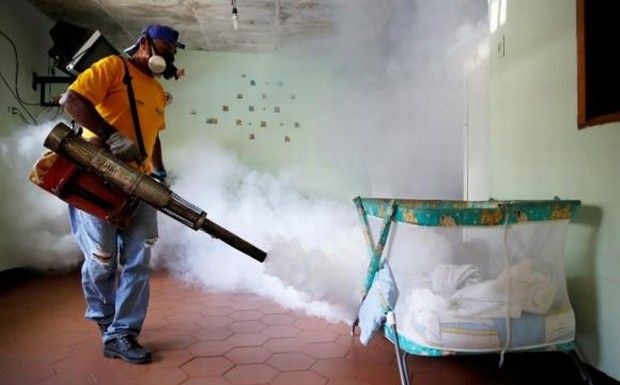Large parts of Europe, West and Central Africa, and South America face the threat of outbreaks of the deadly dengue virus due to climate change and urbanization, according to the first-ever maps of dengue vulnerability published on Tuesday.

Research by the United Nations University found dengue fever that is transmitted by the bite of female mosquitoes and causes severe pain, is on the move with the maps pinpointing vulnerable areas as a tool to help prevent outbreaks.
"Changes to climate could result in increased exposure and pose a serious threat to areas that do not currently experience endemic dengue," the report said.
The researchers said as the planet warms, dengue could spread to large parts of Europe and mountainous regions of South America which are too cold currently to sustain mosquito populations year-round.
The disease is also predicted to spread in Central and West Africa which have poor water and sanitation services and insufficient healthcare coverage.
The new maps illustrate the expansion and contraction of dengue vulnerability throughout the year, revealing hotspots and showing where the virus could become a danger so countries can set up surveillance.
"We've seen from Ebola that in this global world that we're living in that infectious diseases can travel around," Corinne Schuster-Wallace, senior researcher at the UN University, told the Thomson Reuters Foundation in a phone interview from Canada.
"The conditions for these diseases are dynamic over time and given that we're changing our social and environmental dynamics, the global distribution of these infectious diseases like dengue is going to change."
Although the maps are not designed to predict outbreaks, she said if the mosquitoes and the virus arrived in vulnerable areas, dengue would become endemic there.
There is no vaccine for dengue, which kills an estimated 20,000 people each year and infects up to 100 million, according to the World Health Organisation (WHO).
Some experts, however, say the number of people infected each year could be more than the three times the WHO estimate.
The current approach to curbing the dengue is fumigation of sites where mosquitoes carrying the disease breed



